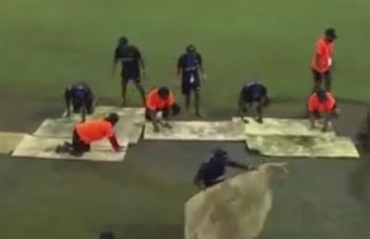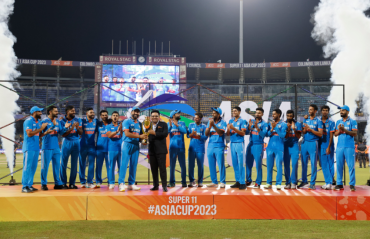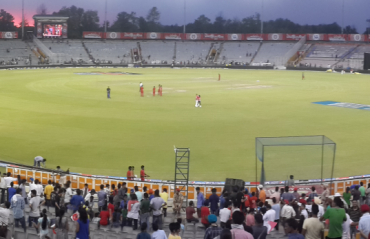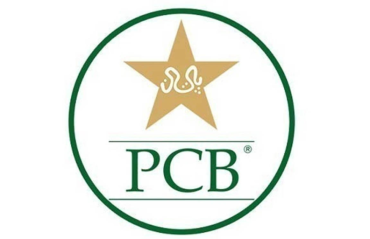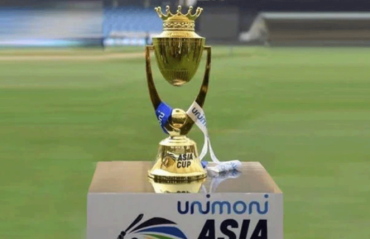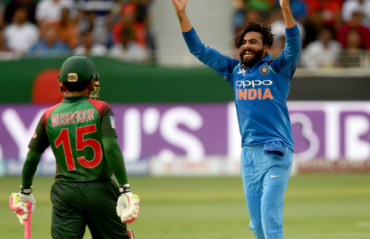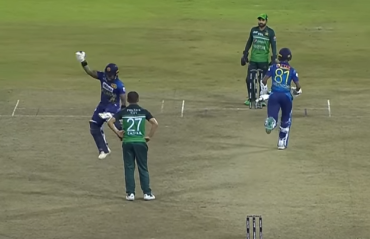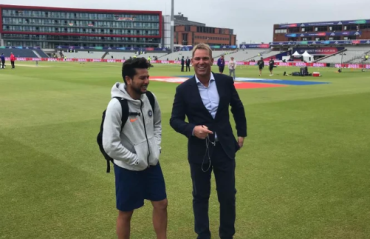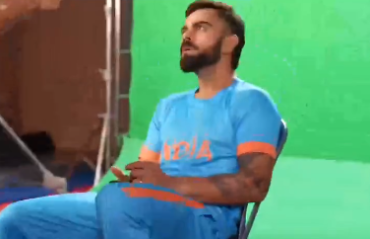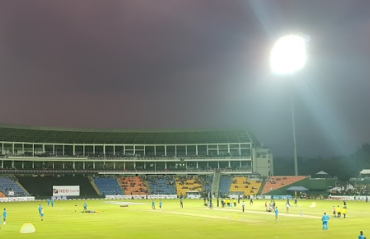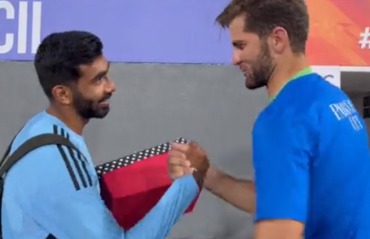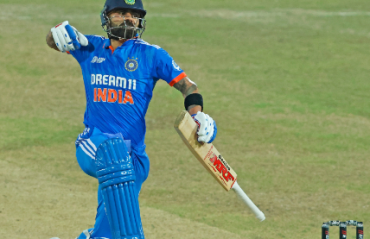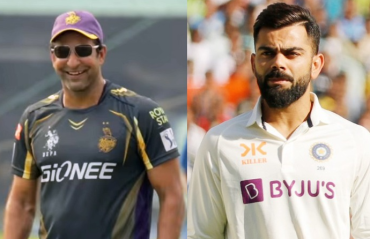#TFGtake: Why the India-Sri Lanka series was a bad advert for Test cricket
- By Srujal Nawade
- December 07, 2017
WITH THE ADVENT of short and extravagant domestic leagues around the world, the Test format has gradually lost its popularity in the past decade. There has been an evident decline in the viewership of the five-day cricket and the sport’s administrators have time and again summoned the need to preserve the format. We have also heard the game’s legends speak about the significance of the format and the urgent need for its methodological promotion.

Much to the Test lovers’ respite, the ICC this year gave thumbs up to the Test Championship proposal. With the new format that is reported to kick-off post-2019 World Cup, the global body aims to bring context to various bilateral series. While the objective is to bring relevance for an average cricket fan, the recently-concluded India v Sri Lanka Tests doesn’t seem to help the cause. The BCCI’s decision to hold a three-match Test series after whitewashing the neighbours 3-0 earlier this year seems rather incomprehensible. India, who are sitting pretty on top of the ICC Test rankings faced absolutely no competition from the Islanders.
The contrasting difference in the standards of both the teams has been clearly visible in the six Tests played between them this year. With the retirement of the greats such as Kumar Sangakkara, Mahela Jayawardene and Tillakaratne Dilshan, the Lankan team has slid badly in the ICC Test rankings since 2014. Other than suffering an exodus of quality players, the SLC has struggled to unearth talents in order to fill the vacuum. The board is also known to face a myriad of challenges in its pursuit to regain formidability in Tests.
Despite the washout of a couple of sessions during the opening Test in Kolkata, Sri Lankans struggled to eke out a narrow draw. The hosts overcame a 120-run lead and posted a 330-run target before picking seven-wickets and coming close to winning the Test. Ravi Shastri’s men struck harder in the second Test as they equalled their biggest-ever Test win by thrashing the visitors by an innings and 239-runs. The third and the final Test in Delhi saw a valiant effort from Dhananjaya de Silva and the middle-order to bat out one and a half days and manage a draw. India claimed the three-match series 1-0 although the scoreline veiled their domination. While the hosts celebrate their victory, the BCCI needs to ponder the question whether the overdose of the lop-sided contests are genuinely helping the Indian team in white clothes.
Firstly, knowing the environmental conditions in Delhi, the BCCI went ahead and staged the final Test. Perhaps, this clearly indicates the governing body’s negligence towards the sport and the players involved, and more importantly the five-day format.
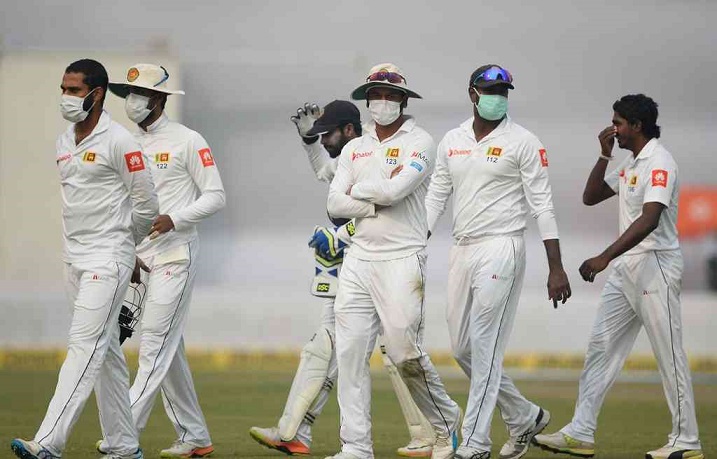
Secondly, as expected the gulf between the two teams was further highlighted. Consider this: Skipper Virat Kohli’s slammed two double centuries, a ton and a fifty in five innings against a bowling attack that posed no questions. Premier spinner Rangana Herath’s unsuccessful stint in the first two games further exposed the toothless Lankan bowling. It was a sorry sight, to say the least.
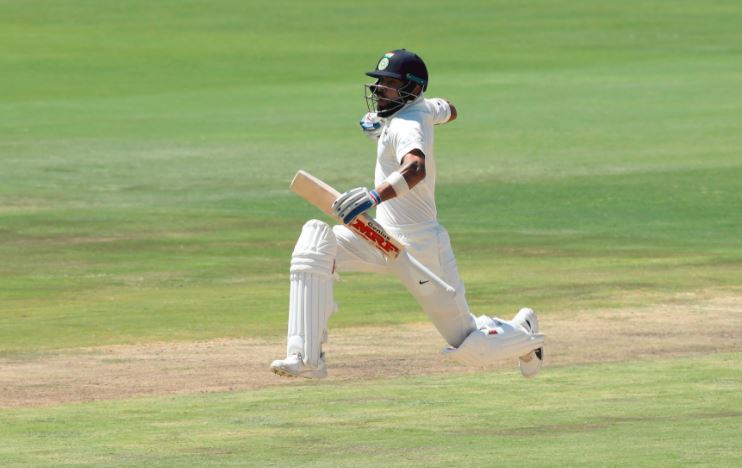
Mind you, ahead of the game, Murali Vijay had stated that the team was looking forward to playing on the Kotla track, considering it will help them in the run-up to the South Africa series. Immediately, he was criticized by Lanka skipper Dinesh Chandimal and rightly so for talking about asking for a bouncy track and curating flat pitches. Every Indian player, including Kohli, spoke about how the pitches against Sri Lanka had been prepared, keeping the tour of South Africa in mind. Contrary to their claims, we saw flat pitches where batsmen got plenty of runs and bowlers more-or-less failed to keep up.
Besides, for Test cricket to regain its traction, the ICC needs to come up with a solution to reduce one-sided contests. While the Ashes has it all to elevate the five-day format higher, contests between India v Sri Lanka & New Zealand v West Indies will make Tests redundant.
Also, interestingly, Kohli’s side is on the verge of creating history. By beating Sri Lanka, India have taken their tally of consecutive series wins to nine, thereby equalling Australia’s world record under Ricky Ponting’s captaincy. While credit needs to be given where its due, the fact remains that they have mainly played home. Sure, India has faced quality opposition and beaten England and Australia at home. But, the real challenge starts January, next year, when India travels South Africa to play three Tests. Knowing the fact that India has never won a Test series in South Africa, it will be one of the toughest assignments for the Indian unit. Deep into 2018, tours of England and Australia will further test Kohli’s men.
Sure, the win at Feroz Shah Kotla has extended India’s lead at the top of the ICC rankings table. However, one wonders how much the Indian Test side has benefited from this rather unappealing contest. But perhaps, the bigger question remains---where is Test cricket heading?
Get the latest in the world of Sports, Teams, and Players! Free Delivery to your Inbox.









